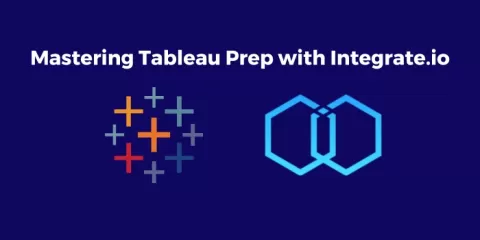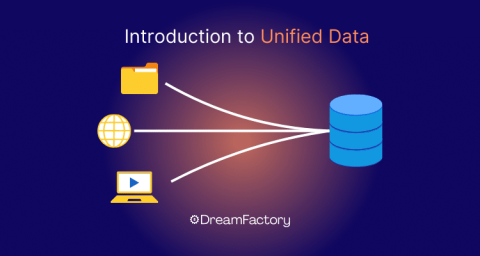Why a Real Device Testing Cloud is Good for Business
Maintaining physical devices can be costly, risky, and unsustainable in a way that negatively affects mobile app release cycles – and your bottom line. Learn why a real device testing cloud can help improve both the customer experience and the developer experience.











